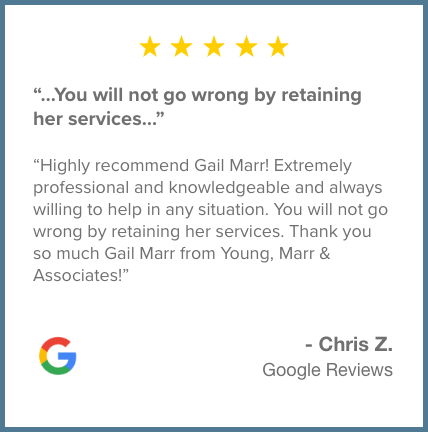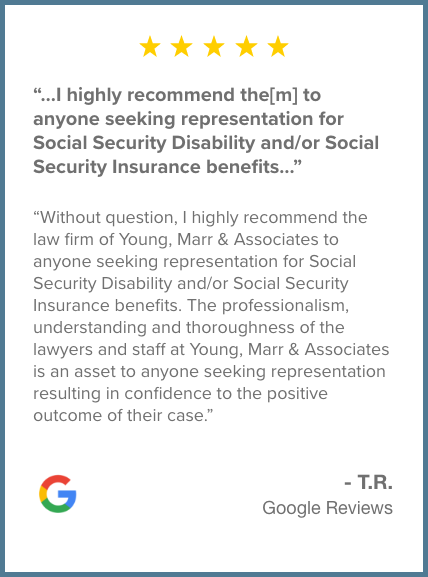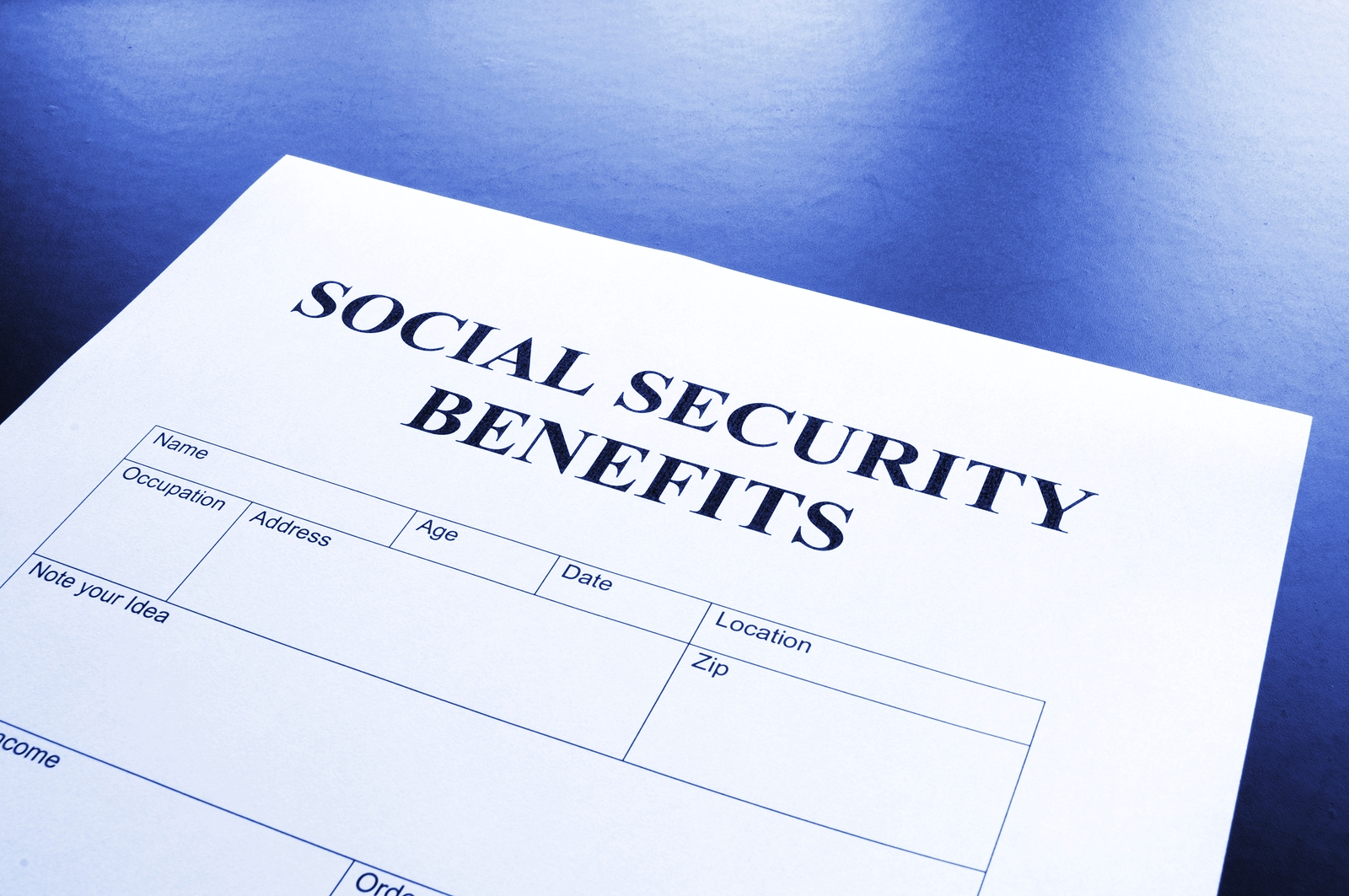Qualifying for Disability Benefits (SSDI) with High Blood Pressure in Pennsylvania
For millions of Americans who are unable to work due to a health condition, disability benefits from the Social Security Administration (SSA) form a crucial financial support. Last year alone, the SSA reported expenditures exceeding $800 billion, with approximately 15% of the 2013 budget devoted to funding disability benefits programs. According to the 2012 American Community Survey (ACS), which is conducted by the Census Bureau, approximately 13.5% of Pennsylvanians and 10.3% of New Jersey residents live with some form of disability. Our Philadelphia disability lawyers and New Jersey disability benefits attorneys are happy to help.
SSA Requirements for Disability Benefits Consideration
In order to be considered for disability benefits, the SSA must be satisfied that:
- Your condition is considered to be a disability.
- Your disability is severe enough to hinder your ability to work.
This article will discuss how the SSA evaluates high blood pressure, and whether high blood pressure can qualify you to receive disability benefits.
National High Blood Pressure Statistics
Just as tire air pressure measures the force of air on the inner walls of a car tire, blood pressure gauges how much force your blood is applying to the inside walls of your blood vessels. Blood pressure readings are expressed as a systolic number (pressure in the arteries during heart contractions) over a diastolic number (pressure in the arteries while the heart is at rest). The diastolic number is the lower of the two readings.
High blood pressure is also known as hypertension.
Classifying Your Systolic Number
- Normal BP: under 120
- Pre-hypertension: 120-139
- Stage 1 Hypertension: 140-159
- Stage 2 Hypertension: 160-179
Classifying Your Diastolic Number
- Normal BP: under 80
- Pre-hypertension: 80-89
- Stage 1 Hypertension: 90-99
- Stage 2 Hypertension: 100-109
High blood pressure is one of the most common medical conditions in the United States today. The Centers for Disease Control and Prevention (CDC) report that 67 million Americans suffer from high blood pressure. That’s about one in three adults. Unfortunately, the CDC also reports that as many as 53% of people living with high blood pressure do not have their condition under control.
High blood pressure is frequently comorbid with other serious health conditions, including diabetes, obesity, heart attack, and stroke.

How to Qualify for Disability with High Blood Pressure
High blood pressure can result in numerous side effects which can interfere with your day to day functioning and consequently, your ability to perform in a work environment. Because medications for high blood pressure have advanced over the years and are frequently effective in controlling hypertension symptoms, the SSA will need proof that the effects of your high blood pressure are significantly detrimental to your ability to generate an income.
Section 4.00 of the SSA’s Listing of Impairments, or “Blue Book,” deals with the cardiovascular (circulatory) system, including hypertension. Section 4.00H, titled “Evaluating Other Cardiovascular Impairments,” explains how the SSA analyzes high blood pressure claims:
“1. How will we evaluate hypertension? Because hypertension (high blood pressure) generally causes disability through its effects on other body systems, we will evaluate it by reference to the specific body system(s) affected (heart, brain, kidneys, or eyes) when we consider its effects under the listings. We will also consider any limitations imposed by your hypertension when we assess your residual functional capacity.”
In other words, it isn’t the high blood pressure itself that the SSA will evaluate so much as the effects it causes to other parts of your body, and any resulting limitations.
With that in mind, how does hypertension affect the human anatomy? Symptoms may include:
- Irregular Heartbeat (Section 4.05, Recurrent Arrhythmias)
- Severe Fatigue (Section 14.00, Immune System Disorders, multiple mentions)
- Difficulty Breathing (Section 3.00, Respiratory System, multiple mentions)
- Vision Problems (Section 2.02, Loss of Visual Acuity; Section 2.04, Loss of Visual Efficiency)
Please note that high blood pressure sometimes has no symptoms. If you suspect you may be at risk for high blood pressure, you should consult with your doctor immediately.
If your high blood pressure was caused by or exists alongside an additional condition, that condition may also be able to qualify you for benefits. For example:
- Diabetes (Section 9.00B5, Diabetes Mellitus)
- Stroke (Section 11.04, Central Nervous System Vascular Accident)
- Kidney Disease (Section 6.02, Impairment of Renal Function)
- Kidney Transplant (Section 6.02B, Kidney Transplantation)
Philadelphia + Bucks County Disability Lawyers Offering Free Consultations
If you or someone you love is living with hypertension, you may be able to qualify for benefits. To speak confidentially with an experienced disability lawyers in Bucks County or Pennsylvania disability benefits lawyer, contact Young, Marr & Associates today. Your first consultation is free, so call right away at (609) 755-3115 with our NJ disability benefits attorneys or (215) 701-6519 with our Philadelphia disability lawyers.









